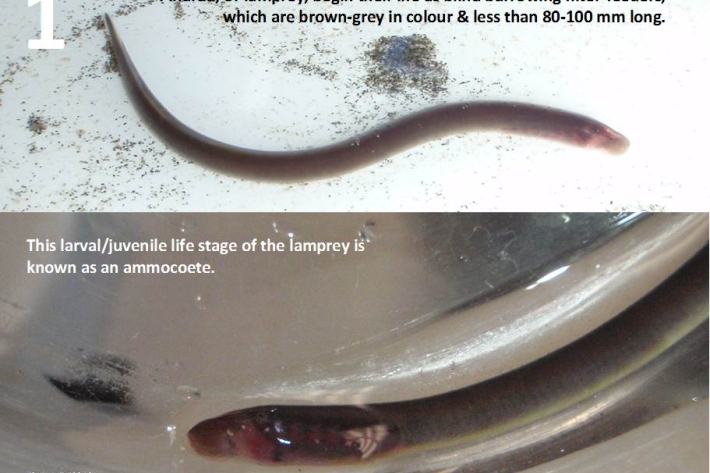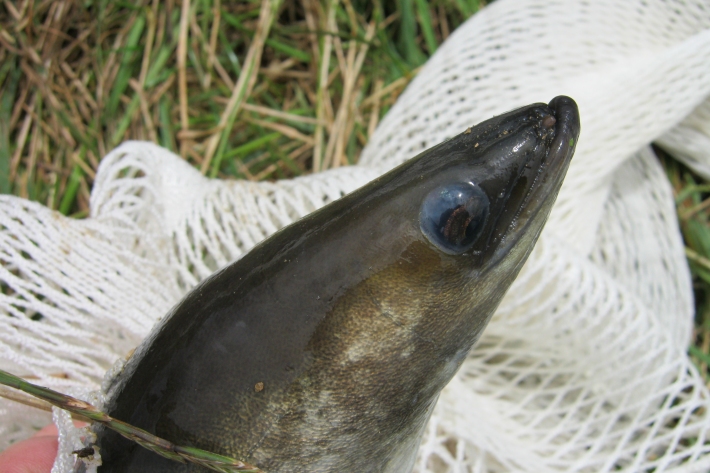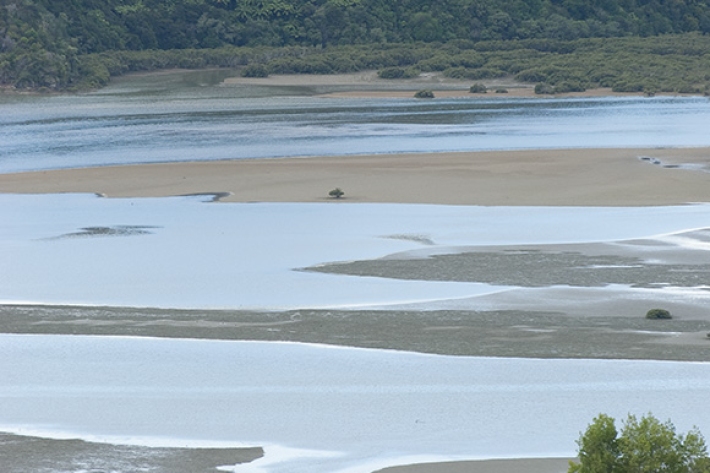-

Tuna - customary fisheries
There is no argument regarding the importance of tuna in the lives of Māori: this taonga species permeates, for example, place names, whakataukī, legends, waiata and artwork. -

Dry stock farming activities
Dry stock farms can cover large areas of hill-country grassland that may be steep and prone to erosion. -

Tuna - commercial fisheries
In export terms, the commercial eel fishery in New Zealand began in earnest in the 1960s and expanded rapidly until the early 1970s, peaking at slightly over 2,000 t (tonnes) in 1972. -

Tuna - recreational fisheries
The majority of New Zealanders are able to recall a story about catching eels when they were children, to eat from the camp fire or enter into the local pig hunting competition. -

Restoration and enhancement of piharau / kanakana / lamprey
Research ProjectNIWA is leading a new six-year research project that seeks to increase our understanding of piharau/kanakana/lamprey, using Mātauranga Māori, social science and biophysical science approaches. -

Tuna - solutions: upstream passage for elvers at large barriers
Instream structures such as hydroelectric dams may act as barriers to fish migration, and have the ability to alter the ecological connectivity of freshwater environments. -

Tuna information resource
Tuna, or freshwater eels, are the most widespread freshwater fish in New Zealand. This 'living' educational resource summarises a large amount of scientific and technical literature. -

Lake Ōmāpere and the Utakura River
Tuna harvested from Lake Ōmāpere and Utakura River catchment have long comprised an important fishery for tangata whenua. -

Tuna - freshwater eels in New Zealand
Tuna is a generic Māori word for freshwater eels. The word will be used interchangeably in this resource. -

Estuary origins
In comparison to the vast span of geological time, the estuaries that we see today are very recent coastal features. -

Tuna - identification
There are several ways to tell the three New Zealand eel species apart.
